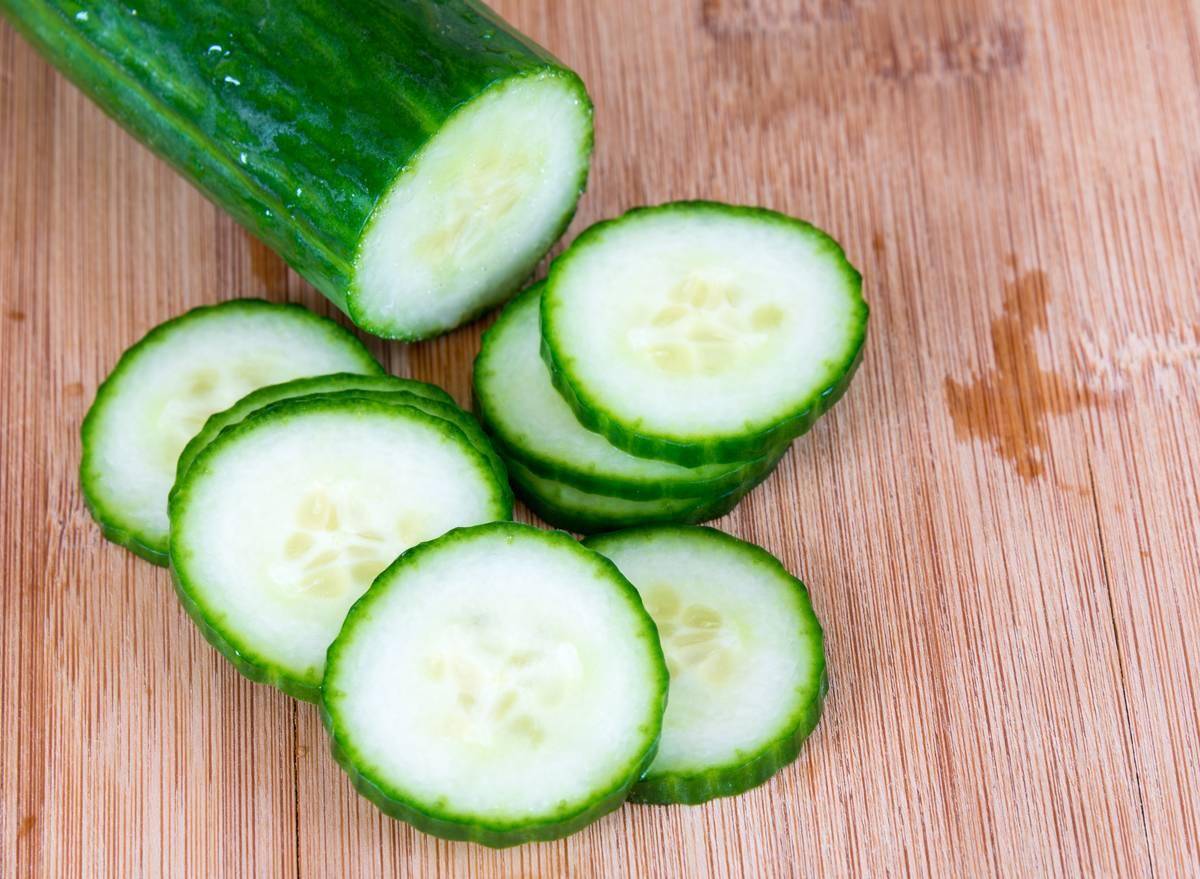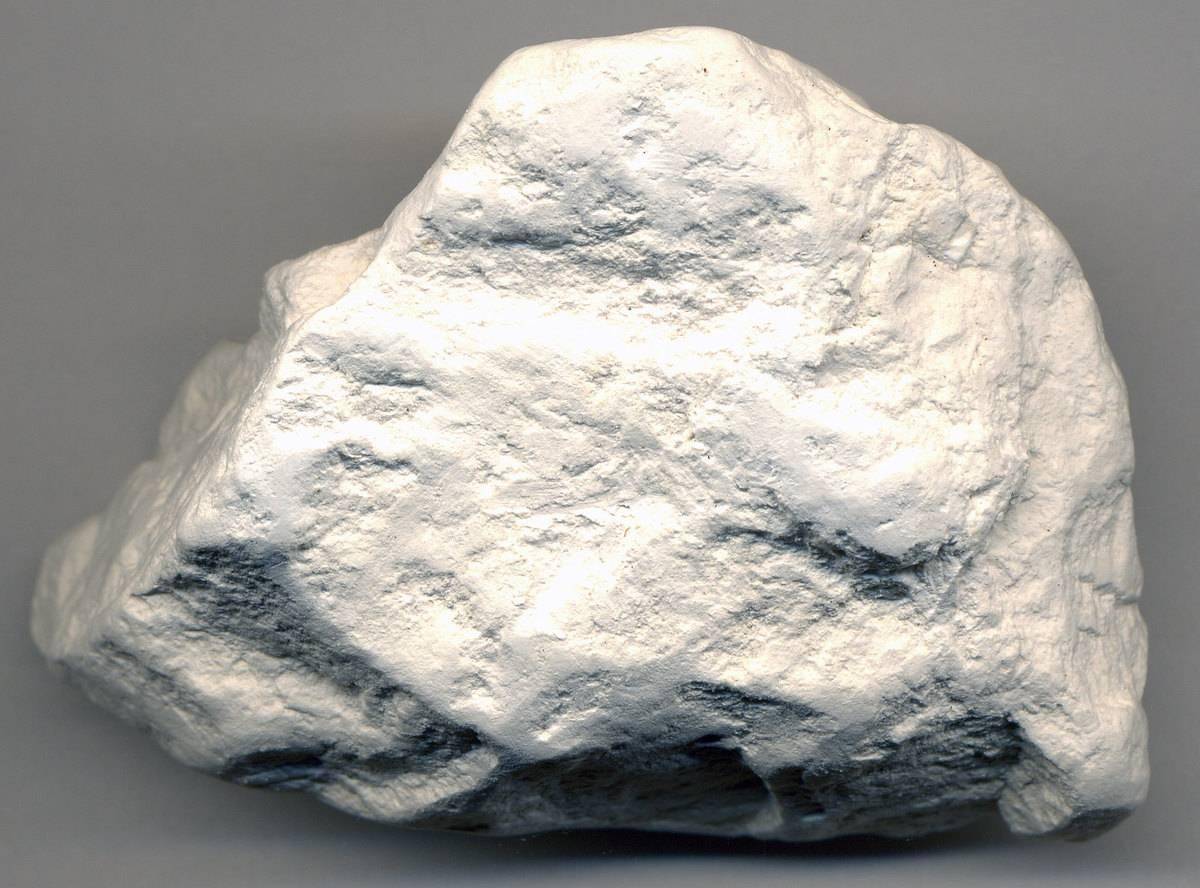Tricks For Keeping Bugs, Mice, And Other Pests Far Away From Your Home
Imagine stepping into your backyard, ready to enjoy a peaceful evening, only to be greeted by a swarm of mosquitoes. Or picture waking up to find tiny ants marching across your kitchen counter. Pests can quickly turn our homes and outdoor spaces into uncomfortable environments. But before you reach for harsh chemical sprays, consider these natural, eco-friendly solutions to keep bugs, mice, and other unwanted critters at bay.
1. Catnip
Catnip isn’t just for feline friends; it’s a potent insect repellent too. Research has shown that catnip oil can be more effective than commercial repellents in keeping mosquitoes and roaches away.
While the concentrated oil used in studies may be hard to come by, growing catnip plants around your home can still provide some protection. Consider planting catnip in your garden or keeping potted plants near entry points to create a natural barrier against insects.

2. Baking Soda
Baking soda, a common household staple, can be an effective weapon against various pests. Its ability to produce carbon dioxide, when ingested, makes it lethal to many insects.
For outdoor ant problems, sprinkle baking soda over ant mounds and follow up with vinegar for a powerful one-two punch. Inside, place baking soda in areas where you’ve spotted roaches or other pests to deter them from returning.

3. Borax
Borax, a naturally occurring mineral, is toxic to many insects when ingested. It’s particularly effective against ants, as they’ll carry it back to their colony, gradually eliminating the entire population.
Mix borax with cornstarch to create a paste that can be applied in areas where you’ve noticed pest activity. This solution works well for roaches, fleas, and silverfish, too, making it a versatile pest control option.

4. Dryer Sheets
While it may sound unusual, dryer sheets can be effective in repelling certain pests. Scientists have found that gnats tend to avoid the chemical compounds found in dryer sheets.
Try placing dryer sheets in your pockets or rubbing them on exposed skin to keep gnats and mites at bay. While their effectiveness against mosquitoes is still uncertain, it’s a simple and pleasant-smelling method worth trying.

5. Coconut Oil
Coconut oil isn’t just for cooking; it can also help keep insects away. Studies have shown that the fatty acids in coconut oil are unappealing to ticks and mosquitoes.
Apply a thin layer of coconut oil to your skin before heading outdoors. While it may feel a bit greasy at first, it’s a safe and natural way to protect yourself from bug bites.

6. Instant Mashed Potatoes
For those dealing with mice but wanting to avoid traditional traps, instant mashed potato flakes can be an effective and non-toxic alternative. Sprinkle dry flakes in areas where you’ve noticed mouse activity.
When mice consume the flakes and then drink water, the flakes expand in their stomachs, causing internal issues. This method eliminates the need for messy traps or harmful poisons.

7. Cornstarch
Recent research has shown that cornstarch can be an effective pest control solution, particularly for termites and plant-eating insects. Many gardeners swear by its ability to protect their plants from worms and other pests.
Sprinkle cornstarch around your garden or in areas where you’ve noticed pest activity. You can also apply it to your body (avoiding the face) as a natural insect repellent.

8. The Cheese Myth
Contrary to popular belief, mice aren’t particularly fond of cheese. In fact, studies have shown that they prefer high-calorie, sugary foods that provide more energy.
When setting mouse traps, opt for peanuts, fruit, or bread instead of cheese. Conversely, you can use cheese to deter mice from certain areas of your home.

9. Chalk
While chalk doesn’t contain any ingredients that repel ants, its texture can disrupt their scent trails and confuse them. Drawing chalk lines around areas you want to protect can provide temporary relief from ant invasions.
This method is particularly useful for outdoor gatherings where ants might be attracted to food and drinks. Remember that it’s a short-term solution and may need to be reapplied frequently.

10. Cucumber Peels
Surprisingly, ants have an aversion to cucumber peels. The compound trans-2-nonenal found in cucumber peels is used in commercial insecticides and is too bitter for ants to tolerate.
Wipe cucumber peels along entry points where you’ve noticed ants, such as windowsills or door frames. Leave the peels in place to create a natural barrier against ant invasions.

11. Wormwood
Wormwood, a perennial herb with a strong scent, can be an effective mosquito deterrent. Its toxicity to insect larvae makes it a powerful natural pest control option.
Plant a row of wormwood around your outdoor living areas to create a mosquito-resistant barrier. Be cautious about using wormwood directly on your skin, as it can cause irritation.

12. Mouthwash
While it may sound unconventional, some people have found success using mouthwash as an insect repellent. Certain brands contain ingredients like eucalyptus oil, which can deter bugs.
Dilute mouthwash with water in a spray bottle and apply it around your outdoor space. This method can be particularly effective for keeping insects away from furniture and gathering areas.

13. Lemon Eucalyptus Oil
While citronella is often touted as an effective insect repellent, lemon eucalyptus oil has been shown to be more potent and long-lasting. A 30% concentration can provide hours of protection against various insects.
Mix lemon eucalyptus oil with a carrier oil and apply it to your skin or clothing when spending time outdoors. Its pleasant scent is an added bonus.

14. Lavender Oil
Lavender oil not only smells wonderful but also serves as a natural insect repellent. The compound linalool, which gives lavender its distinctive scent, is unappealing to many bugs.
Dilute lavender oil with a carrier oil and apply it to your skin, or use it in a diffuser to keep insects away from your outdoor living spaces. For added effectiveness against mosquitoes, combine it with cinnamon or tea tree oil.

15. Peppermint Oil
Many people have found success using peppermint oil to repel spiders. While the exact reason isn’t clear, the strong scent is believed to interfere with spiders’ ability to sense their environment.
Create a peppermint spray by mixing water, a few drops of dish soap, and peppermint essential oil. Apply this mixture to areas where you’ve noticed spider activity, focusing on entry points like windows and doors.

16. Rubbing Alcohol
Rubbing alcohol can be an effective tool in your pest control arsenal. It can kill insects on contact and may also serve as a repellent when sprayed in well-ventilated areas.
While not a long-term solution, rubbing alcohol can be useful for spot-treating pest problems or as a temporary deterrent. Always use caution and ensure proper ventilation when using alcohol-based solutions.

17. Eucalyptus Oil
Eucalyptus oil has been shown to repel a wide variety of pests, including mites, bees, moths, and termites. It can also be effective against mice when used correctly.
Place cotton balls soaked in eucalyptus oil around your home, or create a spray by diluting the oil with water. Reapply daily for best results in keeping pests at bay.

18. Cinnamon Oil
Research has shown that cinnamon oil can be lethal to mosquito larvae and effective at repelling adult mosquitoes. Its antibacterial properties also make it useful against mites, fungi, and termites.
Mix a few drops of cinnamon oil with lotion or a carrier oil before applying it to your skin. This natural solution can provide protection against a variety of pests while leaving you smelling pleasantly spicy.

19. Cedar Chips
Cedar wood is naturally resistant to many pests, making cedar chips an excellent option for both indoor and outdoor pest control. Sprinkle cedar chips in your garden to deter ticks, fleas, mosquitoes, and mites.
For indoor use, place cedar chips in cloth bags and store them with your clothing to protect against moths. The pleasant woody scent is an added bonus to this natural pest control method.

20. Steel Wool
Many pests enter homes through small cracks and crevices. Steel wool provides an effective barrier that insects and rodents can’t chew through, making it an excellent option for sealing these entry points.
Stuff steel wool into gaps around pipes, windows, and other potential entry areas. This method is particularly effective when combined with other pest control strategies.

21. Vinegar
Vinegar’s strong smell and acidic nature make it an effective pest deterrent, particularly for spiders and ants. It can also help erase the scent trails that ants use to navigate.
Create a solution of equal parts water and white vinegar in a spray bottle. Apply this mixture to areas where you’ve noticed pest activity, focusing on entry points and common pathways.

22. Clove Oil
Scientific studies have shown clove oil to be one of the most effective natural insect repellents available. It can keep various types of mosquitoes away for up to four hours.
Place drops of undiluted clove oil on cotton balls and distribute them around your home. For personal use, apply diluted clove oil to your clothing rather than directly on your skin.

23. Tea Tree Oil
Tea tree oil, commonly found in skincare products, also serves as an effective insect repellent. Its compound, 1,8-cineole, is particularly toxic to beetles and ants.
Create a spray by mixing tea tree oil with almond oil or vinegar. This solution can be applied to your skin or around your home to repel mosquitoes and ants.

24. Chocolate
While it may seem counterintuitive, chocolate can be an effective bait for mouse traps. Mice are attracted to foods high in sugar and carbohydrates, making chocolate an ideal lure.
Use small pieces of chocolate in humane traps to capture mice without harming them. Alternatively, you can use chocolate to lure mice away from areas where you don’t want them.

25. Diatomaceous Earth
Diatomaceous earth (DE) is a natural powder made from fossilized algae that can effectively control various pests. Its microscopic sharp edges cut through insects’ exoskeletons, leading to dehydration.
Sprinkle food-grade DE in your garden or around your home’s foundation to create a barrier against crawling insects. Be sure to reapply after rain or watering for continued effectiveness.

26. Eggshells
Crushed eggshells serve a dual purpose in the garden: they add calcium to the soil and deter soft-bodied pests like slugs and snails. The sharp edges of the shells can injure these pests as they attempt to cross them.
After using eggs, rinse and dry the shells before crushing them. Sprinkle the crushed shells around the plants you want to protect. Remember to keep eggshells away from your house, as they may attract rodents.

27. Thyme
Thyme contains compounds that mosquitoes find unappealing. Studies have shown that thyme oil applied to the skin can repel up to 91% of mosquitoes.
Plant thyme in your garden or use thyme essential oil in a diffuser to keep mosquitoes away from outdoor areas. For personal protection, crush fresh thyme leaves and rub them on your skin.

28. Orange Peels
Don’t throw away your orange peels; they can be a powerful tool in your pest control arsenal. The oil found in orange peels has been shown to repel and even kill various insects, including flies, ants, and wasps.
Create a pest-repelling spray by boiling orange peels in water, letting the mixture steep for 24 hours, and then straining out the solids. Use this solution in a spray bottle to target problem areas around your home.

29. Cayenne Pepper
The capsaicin in cayenne pepper, which gives it its spicy kick, is also an effective pest deterrent. It’s particularly useful against spider mites, as it can damage their nervous systems.
Create a spicy spray by mixing cayenne powder with water and a few drops of liquid soap. Apply this solution to plants or areas where you’ve noticed pest activity to keep them at bay.

30. Neem Oil
Neem oil, derived from the Indian neem tree, is a powerful natural insecticide. It contains azadirachtin, a compound that repels a wide variety of pests, including locusts and other harmful insects.
Mix neem oil with water and spray it on plants to protect them from pests. Use this solution sparingly, as excessive use can harm beneficial insects like bees.










